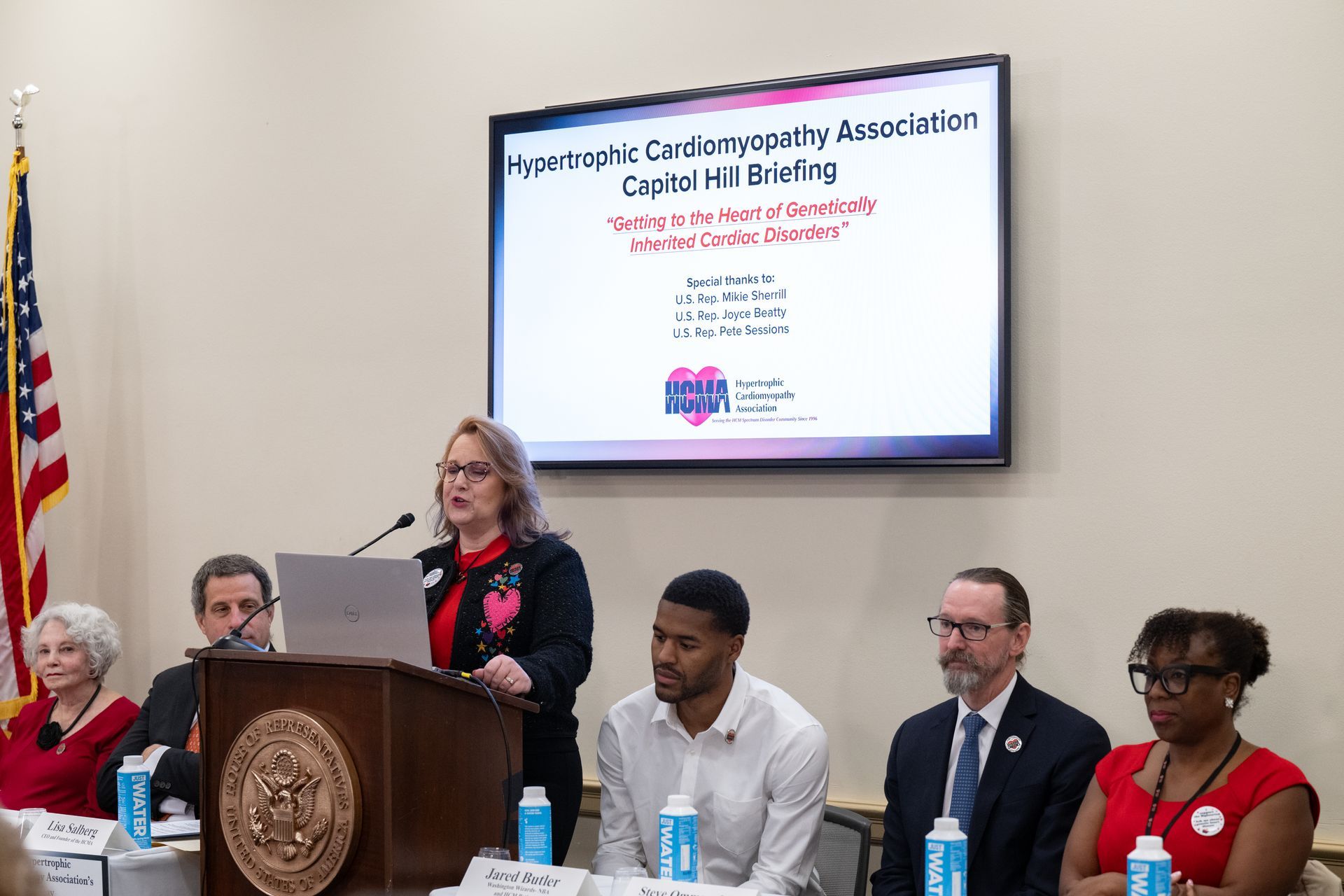ross • November 22, 2021
ICER Publishes Final Evidence Report and Policy Recommendations on Mavacamten for Hypertrophic Cardiomyopathy
ICER has released its evidence report and recommendations.
Here is a list of highlights:

- All stakeholders have a responsibility to facilitate meaningful patient access to multidisciplinary centers of excellence for HCM in ways that do not exacerbate disparities.
- The manufacturer of mavacamten should commit to sponsoring research that will address the lack of evidence on the comparative effectiveness of mavacamten versus disopyramide and septal reduction procedures.
- The manufacturer should align the price of mavacamten with the explicit and transparent estimates of its treatment benefits for patients and families. Pricing should also be moderated to reflect the uncertainty about longer-term safety until such time as further outcomes data are generated.
- Post-approval clinical registries should be established to detect rare side effects as well as assess the efficacy of mavacamten in more diverse populations.
- Payers should use the FDA label as the guide to coverage policy and engage clinical experts and diverse patient representatives in considering how to address coverage issues for which there is limited or no evidence at the current time.
To read the entire report click here
HCMA Blog

Call to ACTION! Urge Congress to Invest in Medicaid and Medicare! No Cuts to these crucial programs!
Sixty years ago, Medicaid and Medicare were established when President Lyndon B. Johnson signed the Social Security Amendments into law. The programs were a larger part of Johnson's "War on Poverty" agenda to combat inequality. Sixty years later, Medicaid and Medicare are under attack in ways that we could never have imagined. With the passage of the One Big Beautiful Bill Act (OBBBA), $1 trillion was cut from Medicaid and Medicare―the largest health care cut in U.S. history. As a result of the budget package, more than 15 million people will lose health insurance, hundreds of rural hospitals will close, and approximately 51,000 people will die preventable deaths each year. Congress voted for this harm, and Congress can fix it. We need them to invest in Medicaid and Medicare in order to undo this damage. Click here to send a message to Congress telling them to invest in these critical programs, not cut them. OBBBA is the exact opposite of the "War on Poverty." The bill was passed with brutal cuts to health care to fund more tax handouts for the very wealthy. It took from the poor to give to the rich. The unpopularity of these cuts cannot be overstated. Eighty-three percent of the American public, including three in four Republicans, has a favorable view of Medicaid. Congress must hear from us loud and clear: reverse course, undo the harm to Medicaid and Medicare, and protect health care for more than 71 million people. Join us in sending the message to Congress to invest in these critical programs, don't cut them. 1 The Truth About the One Big Beautiful Bill Act’s Cuts to Medicaid and Medicare 2 Research Memo: Projected Mortality Impacts of the Budget Reconciliation Bill 3 Medicaid keeps getting more popular as Republicans aim to cut it by $800 billion

 Translate
Translate
